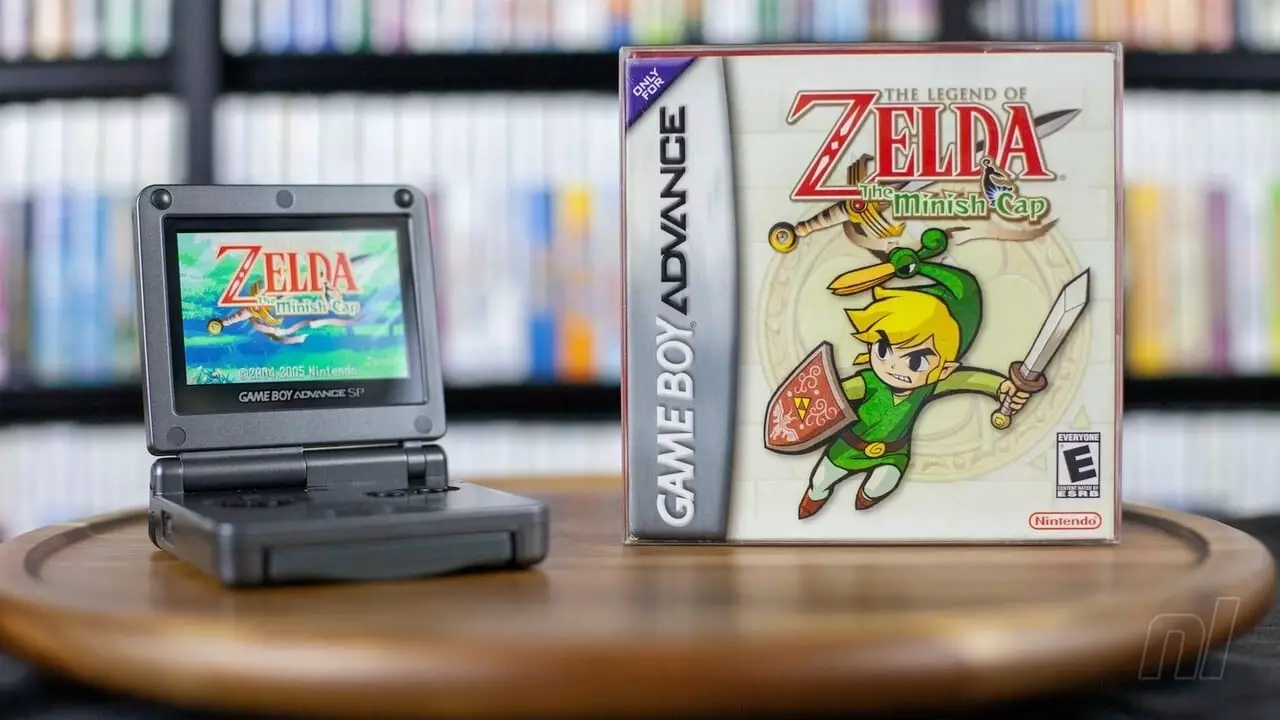In the vibrant realm of video games, few franchises evoke as much nostalgia and admiration as The Legend of Zelda. As we commemorate the 20th anniversary of The Legend of Zelda: The Minish Cap, it’s a fitting occasion to reflect on the unique charm of this title and its place within Nintendo’s rich tapestry of gaming experiences. Released in Japan on November 4, 2004, The Minish Cap not only marked a significant gem in the Game Boy Advance library but also revealed the remarkable creativity that stems from collaboration between Capcom, Flagship, and the world of Hyrule.
What strikes players immediately about The Minish Cap is its quirky premise. This isn’t just another adventure; it’s a story that unfolds with an exhilarating twist—Link, the beloved protagonist, gains the ability to shrink to the size of a miniature hero. This transformative journey begins charmingly with the discovery of a talking cap, housing the spirit of an ancient mage named Ezlo. The surrealism of putting on a hat that not only grants powers but also voices its opinions sets the tone for a game that refuses to take itself too seriously. Imagine diving into the world of Hyrule to navigate oversized landscapes and interact with creatures that, when seen from a new perspective, offer a fresh narrative on age-old themes of courage and growth.
Aside from its whimsical premise, The Minish Cap also embraces some bizarre mechanics that challenge conventional gameplay norms. Link’s ability to summer-sault out of magical holes and engage in the Kinstone fusing mechanic injects layers of depth and surprise. It presents a world brimming with secret quests, colorful characters, and hidden treasures that beckon completionists and casual players alike.
Visually, The Minish Cap marries its unconventional narrative with a stunning artistic design. Retaining the playful, toonish aesthetics established in The Wind Waker, the game translates this into a top-down perspective that enhances the exploration. The pixel art brims with life and color, capturing the enchanting whimsy that fans have come to expect from the Zelda series. The environments, from bustling towns to tranquil forests, are breathing entities that invite players to immerse themselves.
In an age where ultra-realistic graphics dominate conversations about game design, The Minish Cap proves that artistry lies as much in creativity and vision as in advanced technology. And let’s not overlook the musical composition—Mitsuhiko Takano curated a soundtrack that has become iconic in its own right. The catchy and memorable scores contribute significantly to the game’s atmosphere and emotional resonance, enhancing every adventure in Hyrule.
Another attribute that sets The Minish Cap apart is its concise yet fulfilling structure. With only six dungeons, the game is relatively streamlined compared to its larger predecessors, focusing intensely on quality rather than quantity. This design choice resonates with many players who might find the sprawling nature of recent iterations overwhelming. The elegance of The Minish Cap lies in the balance it strikes—a focused narrative woven with intricate puzzles and combat mechanics that invite repeated playthroughs.
While some aspects may lead to occasional frustration, such as the intricacies of collecting Kinstones, these challenges feel organic within the context of the game. It offers enough accessibility for newcomers to feel welcomed while providing layers for veterans to relish.
As we stand two decades after its initial release, The Legend of Zelda: The Minish Cap has not only maintained its relevance but also its charm. Currently accessible on platforms like the Nintendo Switch Online + Expansion Pack and previously on the Virtual Console, it continues to win the hearts of established fans and new players alike. The enduring allure of The Minish Cap is a testament to its design, personality, and the spirit of adventure that is quintessentially Zelda.
Celebrating The Minish Cap is not merely a recognition of its past; it’s an acknowledgment of the directions it has inspired within the gaming world. The game exemplifies how innovative design, engaging storytelling, and artistic beauty can coalesce into a singular experience that endures through the ages. Here’s to 20 years of a remarkable journey in Hyrule and to many more adventures ahead!

